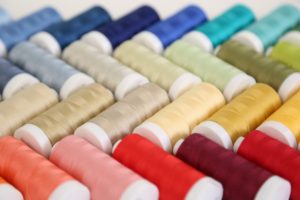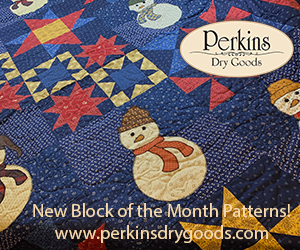
Anytime Superior Threads introduces a new product, we get pretty excited. And this is no exception.
This month, Superior Threads is releasing Superior PIMA™, a 50 wt. 2ply cotton thread ideal for piecing, quilting and even general sewing. It’s made from American-grown Pima cotton and is sold in 50 solid color options in 1,200-yard spools.
 What Makes Superior PIMA™ Different?
What Makes Superior PIMA™ Different?
Besides the fact that Superior PIMA™ is vibrant and smooth, it’s significant for several other reasons too, including that it is:
- The first Pima product sold by Superior Threads
Superior Threads is expanding to offer Pima, a specific type of high-quality cotton grown in the United States. Your customers will love it.
- Exclusively available to businesses and is not sold online by Superior Threads
As part of Superior Threads ongoing support of brick and mortar stores, Superior PIMA™ is only sold to businesses. What does this mean for you? Healthier margins and a competitive advantage. Contact your favorite distributor for additional information or call Superior Threads.
- A high-quality product for a competitive price
Superior PIMA™ is a strong 2ply cotton thread and is a perfect go-to for piecing, quilting and sewing. The combination of a competitive price and a high-quality product will make this thread the perfect addition to your shop.
 Ready to Try Superior PIMA™?
Ready to Try Superior PIMA™?
You can purchase Superior PIMA™ from your preferred distributor or by calling Superior Threads directly (registered business accounts only). Want to see all the beautiful colors before you buy? Check out the website www. superiorthreads.com/pima.
Lucky you! Superior Threads is offering an exclusive giveaway for American Quilt Retailer blog readers. Go here to enter and win a complete 50 spool collection set of Superior PIMA™ – a $600 value! We hope you win. Giveaway contest ends on October 1, 2019 and winner will be contacted by Superior Threads. Good luck!
If you’re looking for more information to guide you in owning a retail business, subscribe to American Quilt Retailer today. Already a subscriber? No worries—join our Facebook group for insights and dialogue from industry specialists like you.






 Store name: Hip Stitch
Store name: Hip Stitch





